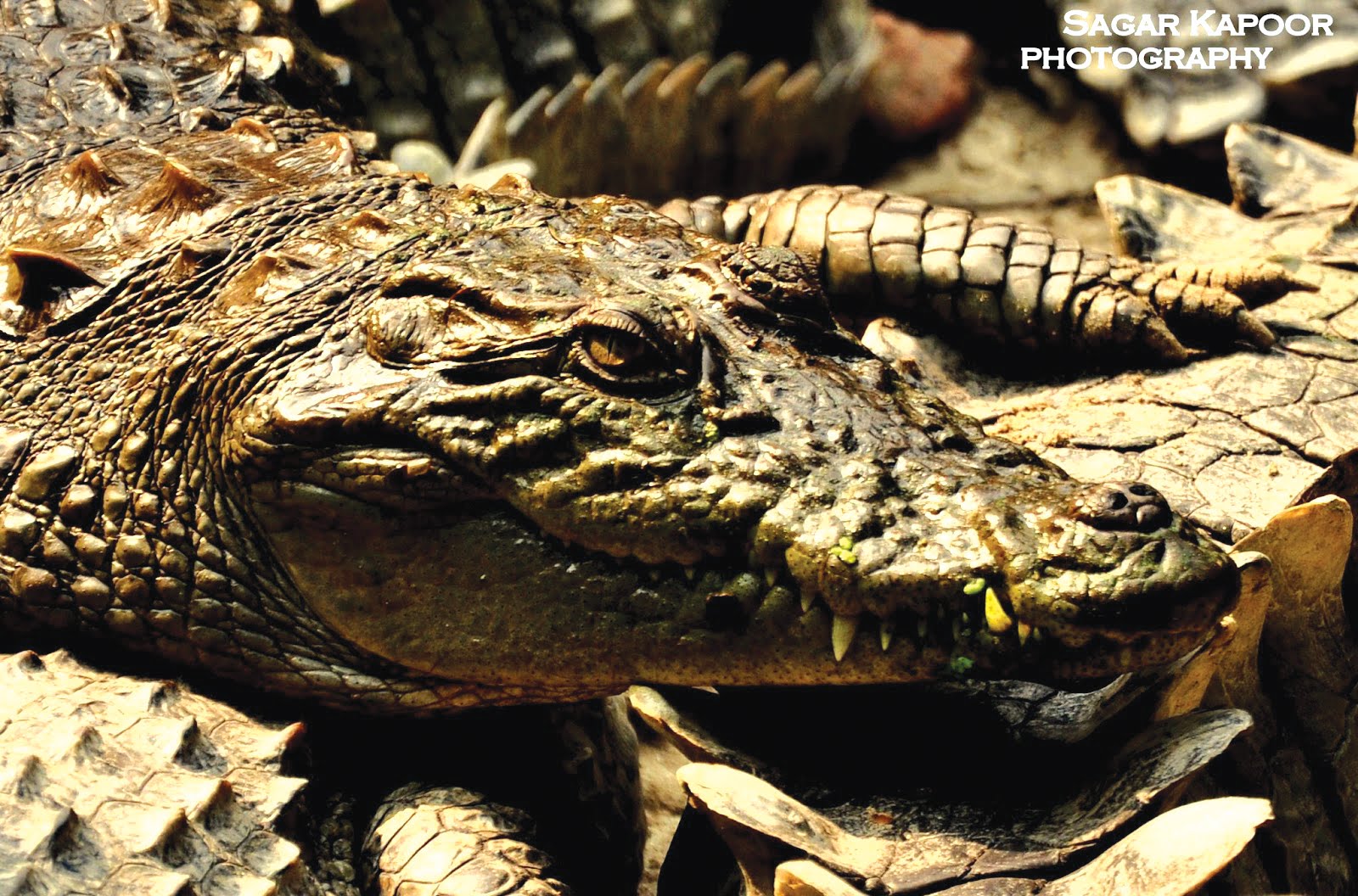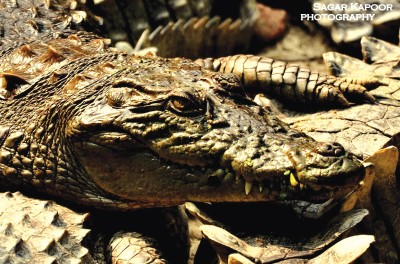Rajat Ghai
The crocodile population in the park has increased many times. The human-crocodile encounters have mostly ended with tragic results for either side.
It is a tiny piece of heaven on the Odisha coast. The Bhitarkanika Wildlife Sanctuary is where the world’s largest living reptile, the estuarine crocodile, is thriving amidst sylvan surroundings after having been brought back from the brink. But now there is trouble with the reptile population booming, posing a threat to the natural balance.
From a strength of 96 crocodiles in 1976, the population now stands at 1,646. A boat ride in some areas can yield crocodile sightings as frequent as one croc a minute, according to a conservationist.
An increasing number of cases of saltwater crocodiles straying into human habitations have been recently reported from Bhitarkanika, in Kendrapada district about 130 km from the Odisha capital Bhubaneswar.
“In Bhitarkanika, some areas are well-populated with crocodiles since on a boat ride you spot a crocodile every minute. In other parts of the sanctuary, you don’t see crocodiles at all,” said Bivash Pandav, scientist at the Dehradun-based Wildlife Institute of India (WII).
The human-crocodile encounters have mostly ended with tragic results for either side.
In the latest incidents, a crocodile that wandered into a village killed a 13 year-old-boy while in another hamlet frightened villagers hacked a 7.8 metre crocodile to death.
It all boils down to space, feels Pandav. “Around 1,646 crocodiles now inhabit nearly 175 sq km of forested habitat in Bhitarkanika. But if you critically analyze their distribution, you will find them densely packed in the Bhitarkanika river system. Abundance of crocodiles is much less in rivers like Maipura and Baunsagada,” he says.
Indeed, it is this confinement of the crocs in the 26 to 30 sq km of water bodies in the sanctuary that is leading to conflict.
“The crocodiles regularly stray out of the sanctuary, not because of food but due to overpopulation. There is no problem of food here. This is a very rich estuarine river ecosystem. They are well stocked with fish. Every village near the sanctuary has aquaculture farms and small ponds. The crocodiles usually enter these areas. Conversely, people enter the forest and wade in croc-infested waters and get into conflict with crocodiles,” explains Pandav.
(The article was first published in The Sopan Step)























